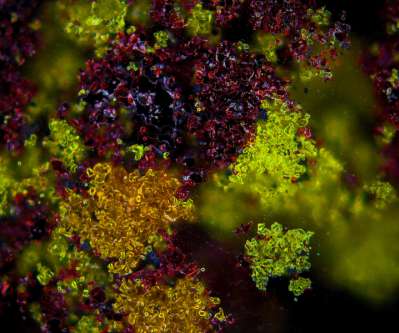New Solar Energy Conversion Process Could Boost Efficiency
Green Car Congress
AUGUST 2, 2010
Stanford engineers have developed a process—photon-enhanced thermionic emission, PETE—that simultaneously uses the light and heat of the sun to generate electricity in a way that could make solar power production more than twice as efficient as existing methods. (a) a) Energy diagram of the PETE process. b) One possible implementation.









































Let's personalize your content